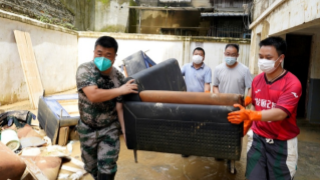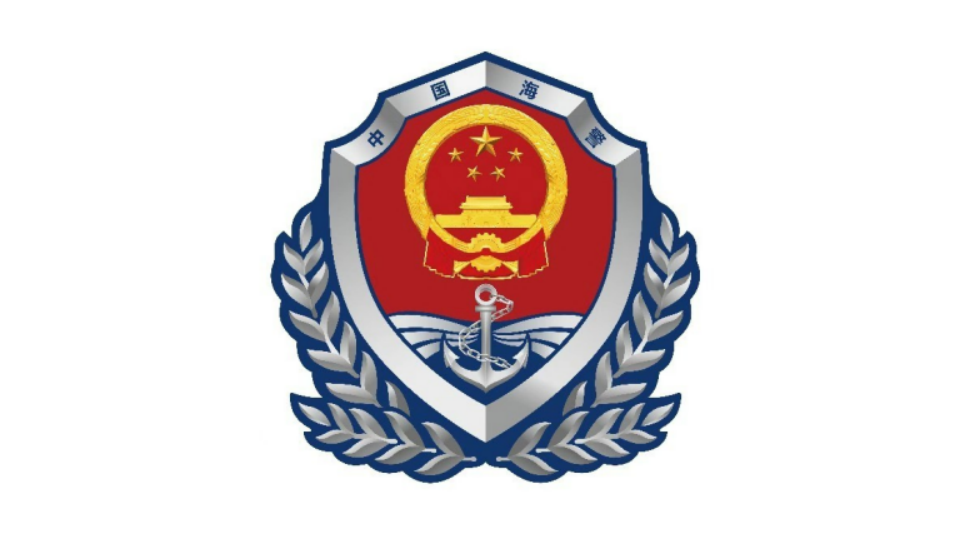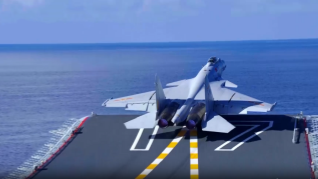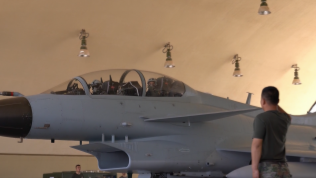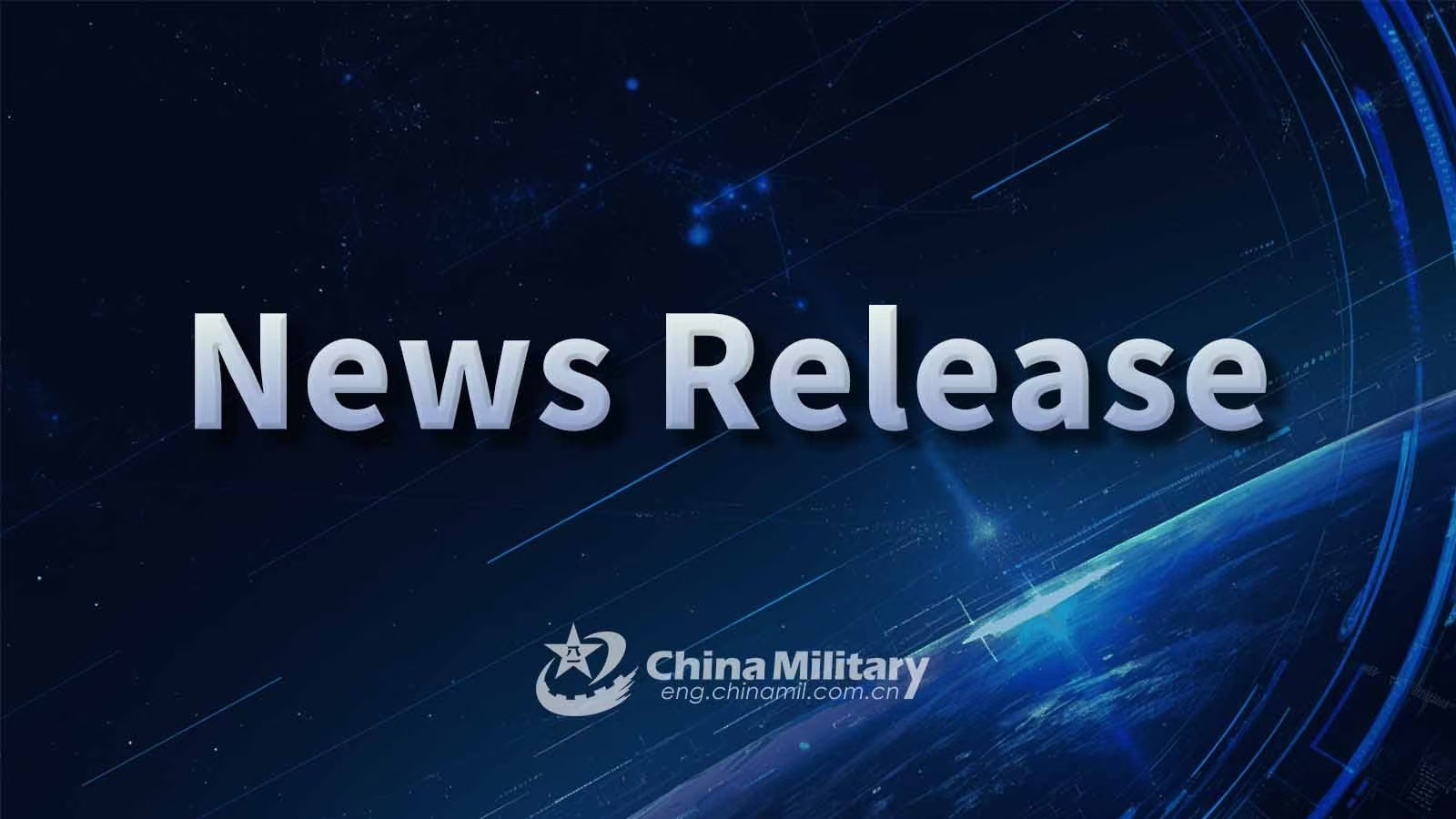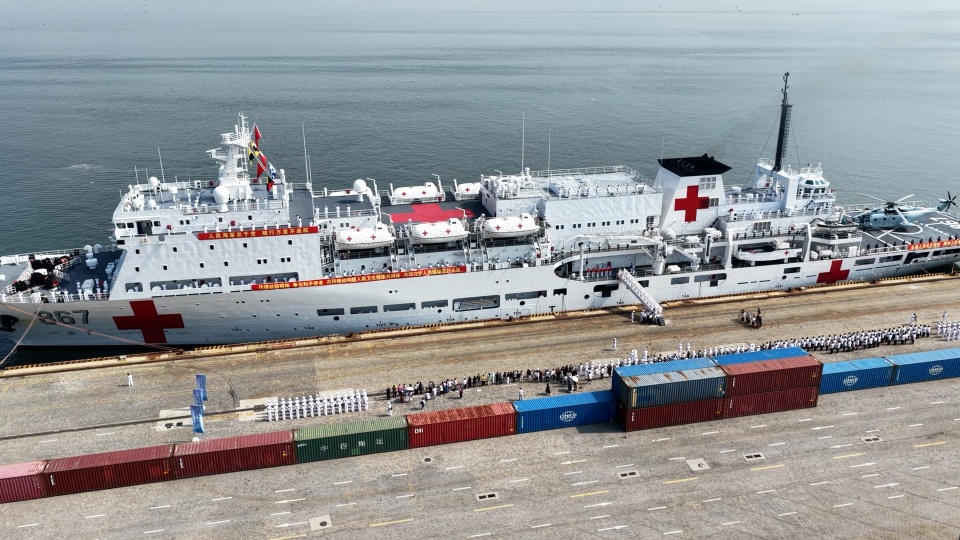By Li Yingying
Russia and Ukraine held a third round of talks on July 23 in Istanbul, Turkey. This marked the resumption of dialogue after more than 50 days. However, given the wide gap in positions, the meeting lasted less than an hour. The talks yielded scant results, with limited progress made only on humanitarian issues. The two sides agreed to exchange at least 1,200 prisoners of war in the near future and continue the handover of remains.
At present, both parties are caught in an awkward situation where "there is nothing left to negotiate." Nevertheless, under mounting pressure from the Trump administration, neither side is willing to be portrayed as the one obstructing the peace process. The core problem lies in the divergence between Russian and US strategic objectives, and the even more irreconcilable differences between Russia and Europe, as well as Ukraine.
Firstly, fundamental differences persist between the US and Russia. Although the Trump administration expressed a willingness to scale back its involvement in the Russia-Ukraine issue, the US strategic objective of containing and weakening Russia has remained unchanged. The US continues to seek Ukraine's dependence on the West in both domestic and foreign affairs. Meanwhile, it shifts the burden of aid to Europe, thereby deepening the integration of US and European defense industries and further strengthening the transatlantic defense industrial partnership. This fundamentally contradicts Russia's aim of reshaping the European security architecture through the conflict and achieving the "neutralization" and "demilitarization" of Ukraine. In essence, the notion of freezing the conflict is an intentional attempt to sidestep these strategic contradictions and reach only a superficial ceasefire.
Secondly, Ukraine has been stepping up efforts to consolidate its regime and strengthen its position at the negotiating table. Ukrainian President Volodymyr Zelensky on July 17 initiated the largest cabinet reshuffle since the outbreak of the Ukraine crisis, aiming to centralize authority and reinforce vertical governance through key personnel changes and institutional streamlining. This reshuffle is expected to enhance Ukraine's wartime economic system and further boost its defense industrial capacity. By consolidating political control, Ukraine seeks to respond to external uncertainties and avoid internal disarray that could force it into major concessions on territorial integrity and security guarantees.
Meanwhile, Europe has remained committed to its policy of supporting Ukraine and containing Russia. Recently, the EU announced its 18th round of sanctions against Russia, targeting the country's energy, financial, and defense sectors in a bid to further undermine its war potential. Despite internal divisions, European countries continue to increase aid to Ukraine. At a meeting of the Ukraine Defence Contact Group (UDCG) held on July 21, Germany pledged to transfer five Patriot air defense systems and 200,000 Gepard anti-aircraft rounds to Ukraine. Canada, the Netherlands, Norway and several other countries also vowed to scale up support and assist Ukraine in enhancing its defense industrial self-sufficiency.
Beyond the negotiating table, the Russia-Ukraine conflict continues to escalate. In recent months, Russian forces have launched multiple large-scale strikes against rear targets in Ukraine, deploying swarms of drones in coordination with ballistic and cruise missiles. These attacks aim to suppress Ukraine's air defense systems and cripple its energy infrastructure and defense industry. On the eve of the latest round of negotiations, Ukrainian forces launched a swarm tactic operation targeting four major airports in Moscow, seeking to deplete Russia's high-value air defense missiles and sow chaos behind enemy lines. In retaliation, Russian forces swiftly carried out massive airstrikes on Ukraine using hundreds of drones and missiles.
US President Donald Trump had earlier threatened that if Russia and Ukraine failed to reach an agreement within 50 days, he would impose very severe tariffs and secondary tariff sanctions on Russia and its trading partners. Given Donald Trump's often unpredictable approach, it remains unclear whether this statement is a genuine warning or mere rhetoric. What is certain, however, is that both Russia and Ukraine will seek to maximize their strategic gains during this window of opportunity.
(The author is an Assistant Research Fellow at the Department for European-Central Asian Studies, China Institute of International Studies.)
Editor's Note: Originally published on china.com.cn, this article is translated from Chinese into English and edited by the China Military Online. The information and opinions in this article do not necessarily reflect the views of eng.chinamil.com.cn.





